You might think that moving from an inner-city house to a suburban house, only about thirty or forty miles apart, you’d not see much change in the wildlife you see in the area. It’s been interesting, though, since moving, noticing the changes.
Take birds for example. In Bristol, the most common large birds were seagulls, and the most common small birds house sparrows; every house along our terrace had one or two house sparrow nests under the tiles at the edge of the roof. Occasionally a sparrowhawk would come and perch on the garden fence. The most common corvids were magpies, a family of them in most streets. When I started working from home, sitting at the window with a telegraph pole just outside it, one local magpie would regularly come to investigate me: perching on a rung of the pole at my eye-level, making eye contact and giving me a good curious look.
Here in the new house, the fauna is actually quite different. There are still seagulls, occasionally, coming up the valley; but the most frequent large birds are buzzards, slowly soaring over the neighbourhood sending all the other birds into a panic. The most common small birds are blackbirds and wagtails; pied wagtails in the garden and grey wagtails along the riverbank. In between, though, I often hear the calls of wood pigeons, but the most common birds of all are corvids of various types. I have been trying to sit down, watch them, and work out exactly which are which.
Magpies, of course, are easy to recognise, both by sight and by call. There are a few magpies here that come into the garden occasionally, but they’re not common as they were in Bristol. The most common birds here, though, are jackdaws. They arrive in pairs or in bigger flocks, and now I’ve learned to spot them, their silver heads are very recognisable. They nest here almost like pigeons do in a city, in spare ledges, under railway bridges and suchlike, as well as in more traditional spots such as in the hollow end of a sawn-off tree branch. They fill the main “medium-sized scavenger” niche taken by pigeons in a city centre.
There are, though, a few larger corvids, and these are the ones I’m having trouble with. Basically: are the larger black corvids I can see occasionally ravens, rooks or crows?
They’re probably not rooks. Rooks have pale beaks, and I haven’t seen any of those. Rooks, like jackdaws, tend to nest and travel in flocks; when I see a black bird larger than a jackdaw it’s usually on its own. Crows, then? Some of them probably are. The problem I have identifying any of these birds is: they have a distinct aversion to photography, if they spot you doing it, and I’m not someone with any specialist long lenses or other bird-photography equipment. If I see a bird from the window, in any case, by the time I’ve gone to get the SLR it’s probably flown off. If I photograph it with my phone, it’s either an indistinct black blob, or it sees me pointing my phone at it and, as you might expect, flies off. These birds, of the “indistinct black blob” category, I’m pretty sure are crows.
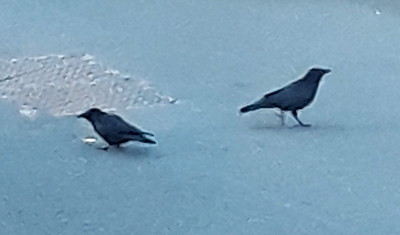
Every so often, though, I see a much larger black bird, usually much further away. I see it sitting on the peak of a roof, in the next street, and it looks much larger than a crow should look in my approximate mental map of these things. Is it a raven? Or just a particularly big crow? The problem there is, I’ve never seen it close-up, I think. Is it just an optical illusion, the sort of thing where somebody sees a black cat crossing their path a few hundred yards away and thinks it’s a panther?
If it is a raven, I suspect there’s probably only one of it. It doesn’t visit very often, and I don’t think I’ve seen it flying. Could it just be a big crow? I suppose it could. If I don’t get any closer sightings of it, maybe that’s a sign that it really is just a mirage; that, in my hand, it would just be the size of an ordinary crow. I’m going to keep looking. There might not be any sightings, but if there is, I’ll keep you updated.
Keyword noise: wildlife, corvidae, corvids, crows, jackdaws, ravens, magpies, birds.

 Home
Home
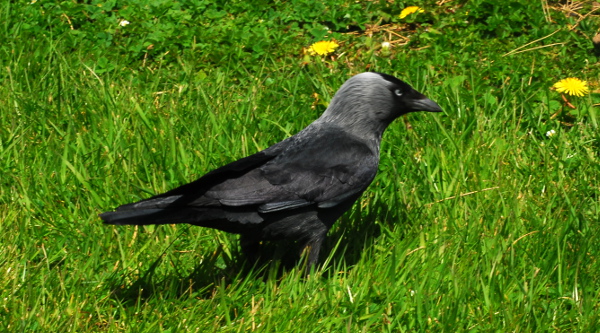
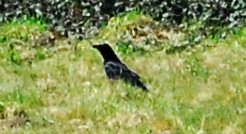

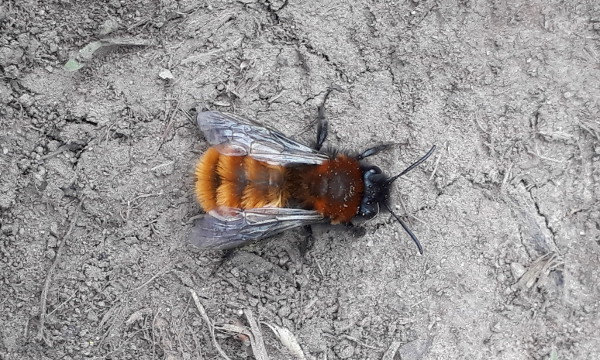

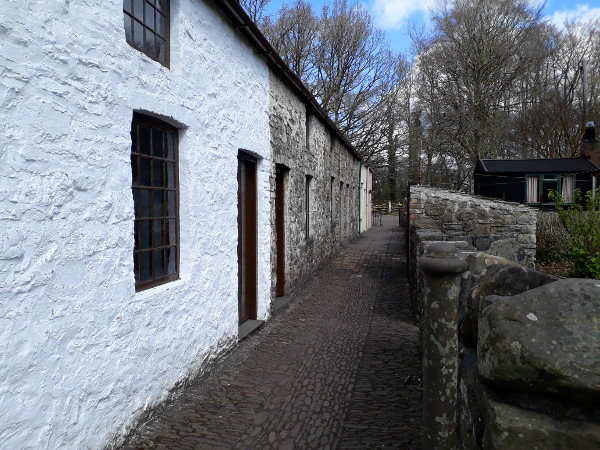
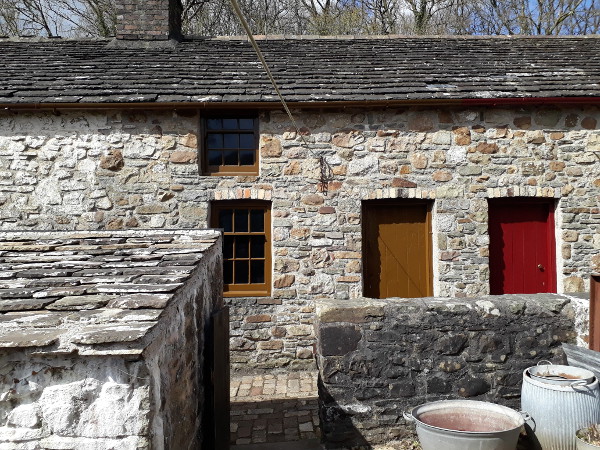
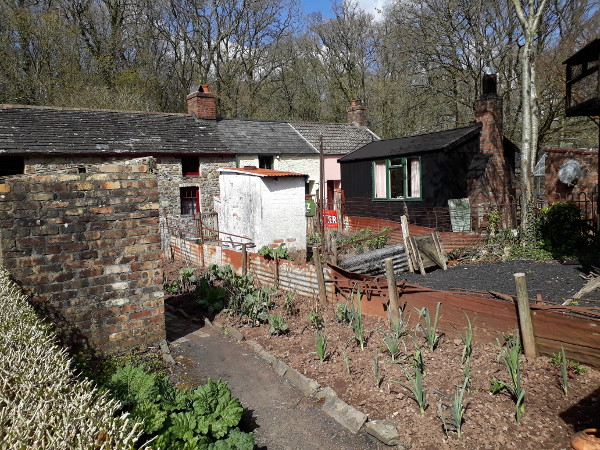
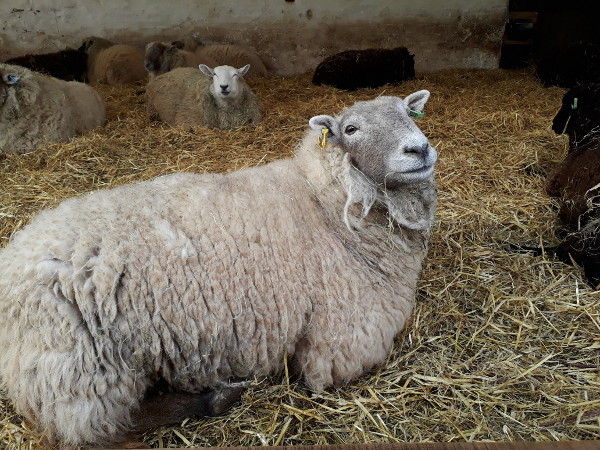
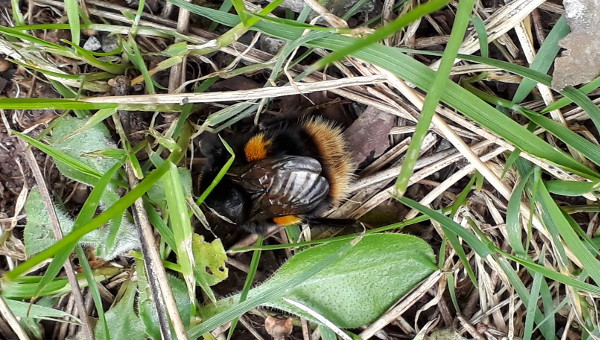



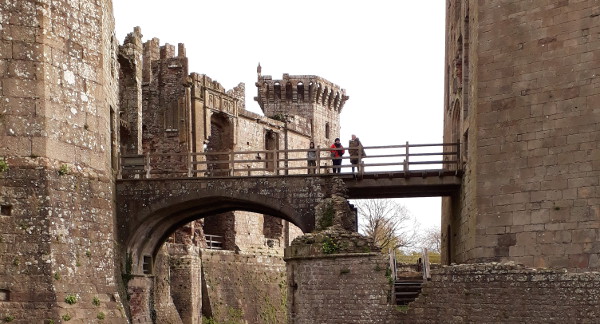
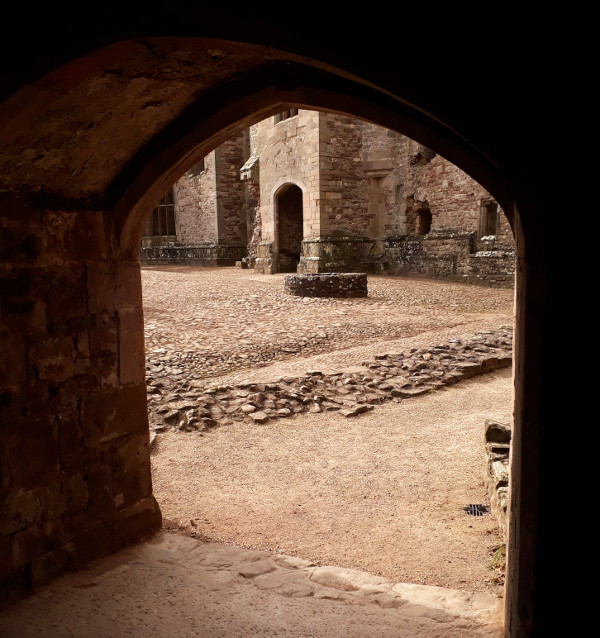
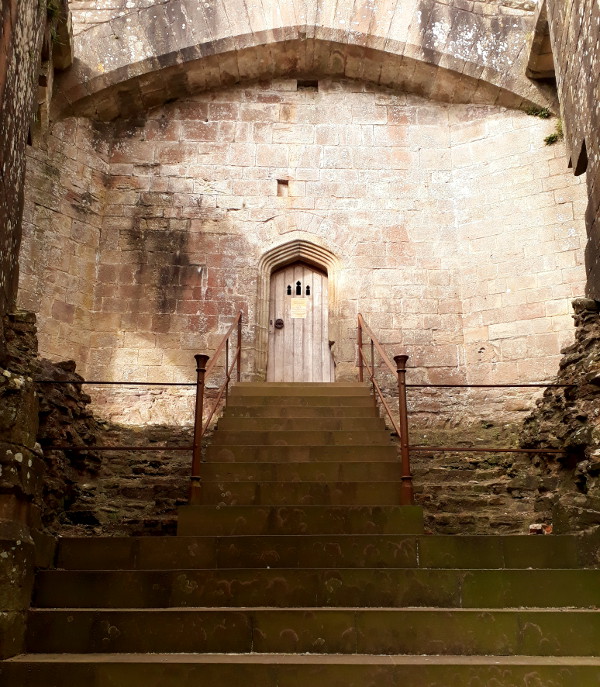
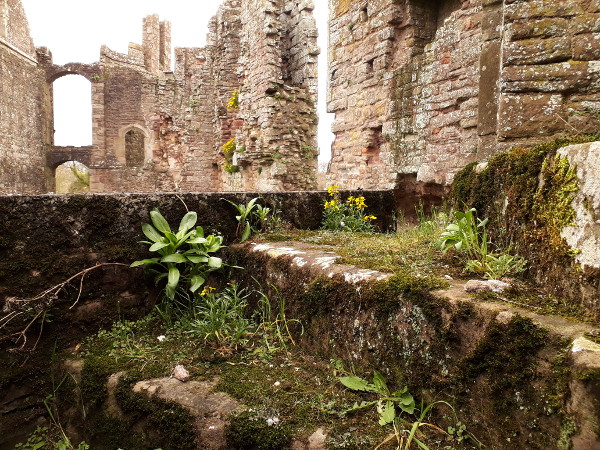
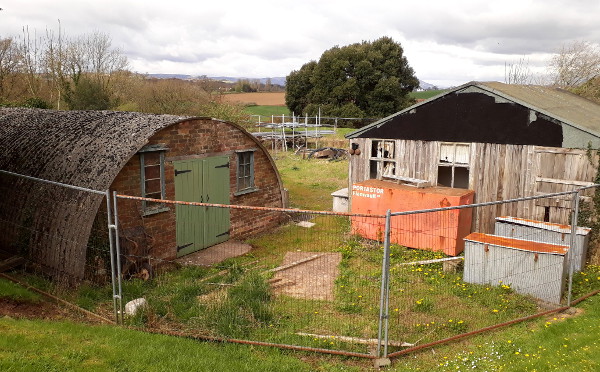
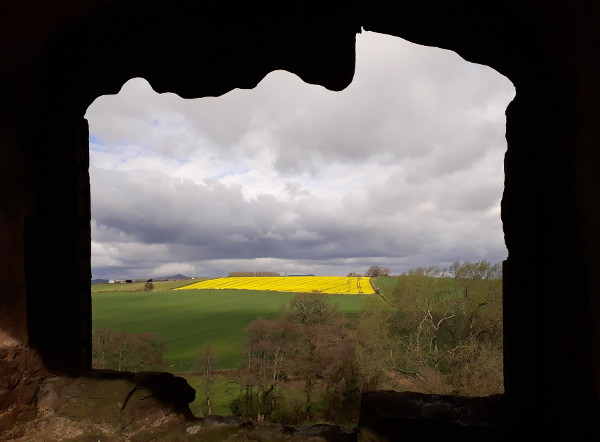
 Newer posts »
Newer posts »